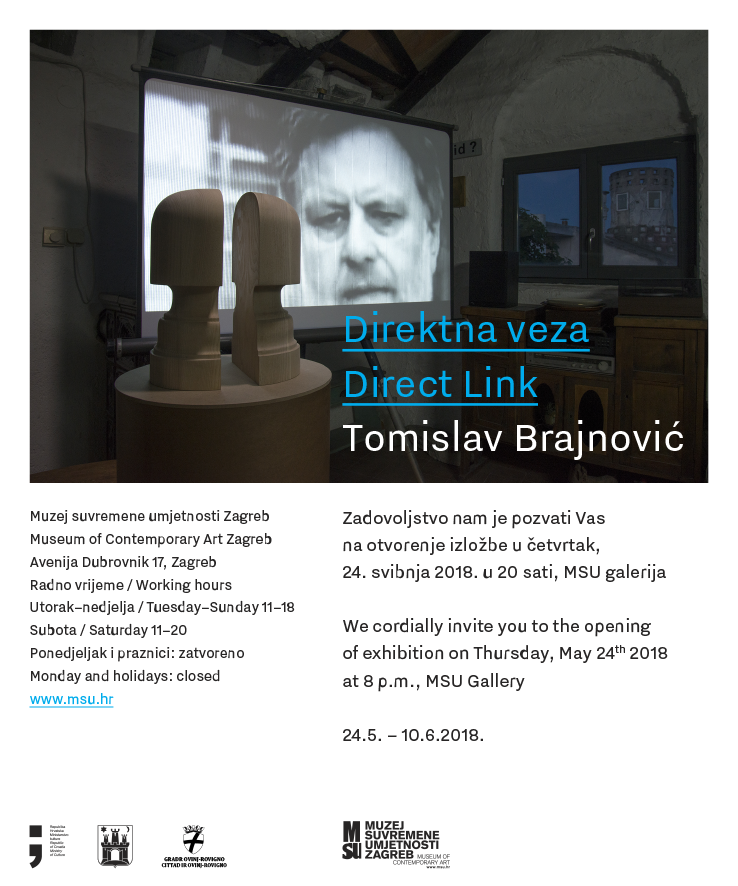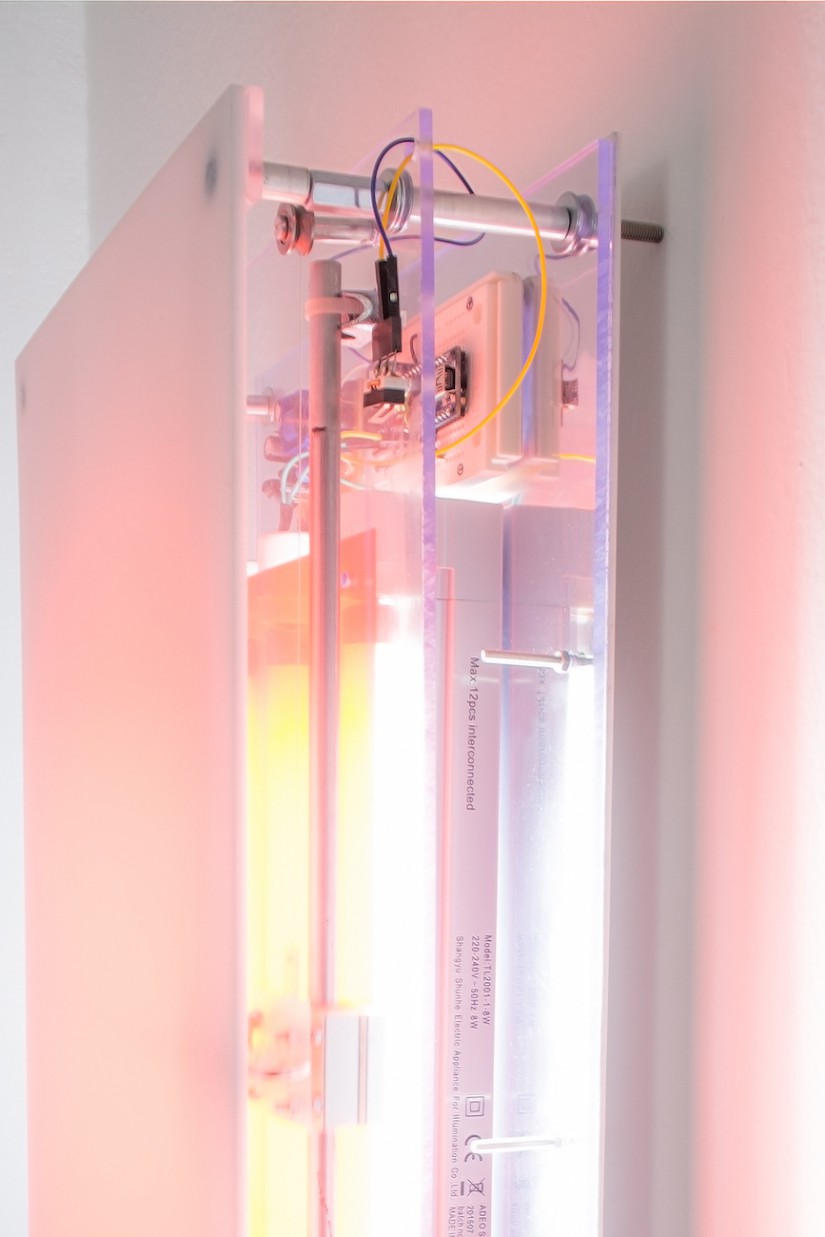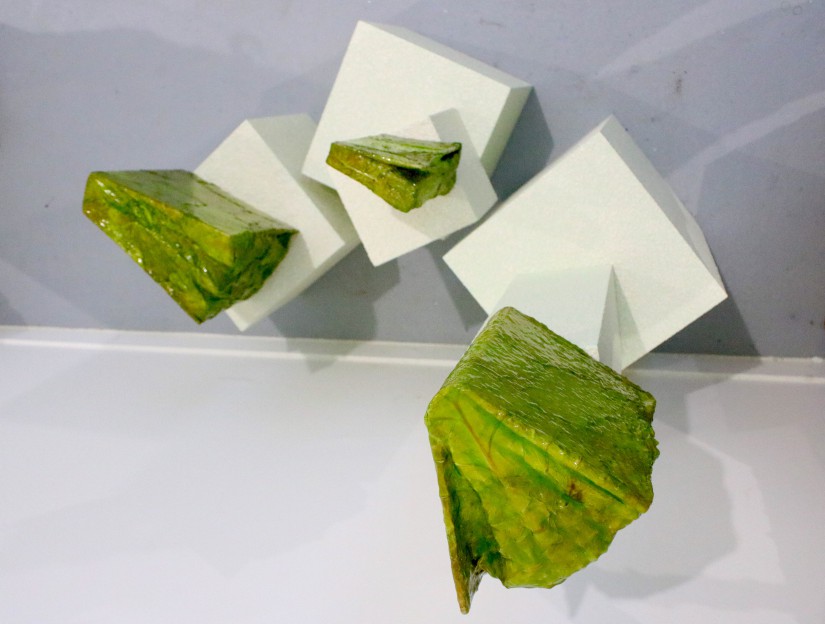Tomislav Brajnović: Direct Link
MSU Gallery, Thursday, 24th May 2018 at 8:00 pm
Curator of the exhibition: Nataša Ivančević, Deputy Director & Museum Advisor
For Tomislav Brajnović, art is more than the exploration of the form, visual artistic means, production, and presentation of the work of art. The radicalism of the artistic idea is more important to him than the radicalism of the artistic form. His works as well as his worldview are concerned with the issues of ethics, social justice, and are a critical reflection of the times we live in. Art and life are interfused without limitation. His methodology is focused on asking questions, analyzing and criticizing the social moment, the polemics with proponents of opposing views, and the disagreement with generalized answers. The range of his themes spans from social to religious to political to economic controversies, and is present in the works created from the beginnings of his artistic activity in the 1990s to this day.
He easily moves from medium to medium, and uses video, installation, sound, performance, readymade, and other means that best serve to transfer ideas at a specific point in time. More recently, he has been using social networks as a medium of artistic activity, as they provide the possibility to quickly spread information and personal views, as well as to express the opinions of a large number of users. At his first larger solo exhibition in Zagreb, “Direct Link”, he presents installations, documentation, video works, FB comments, and texts taken from the Internet, in which he reveals the social inequality that is reflected in the unequal distribution of wealth, power and influence, in the manipulation and abuse of advanced technology, which becomes a means of controlling free will and possible consequences of such action.
Brajnović takes the concept of Direct Link (Direktna veza) by the Slovenian philosopher Slavoj Žižek for the title of his exhibition. The term implies a direct link between the human brain and digital space. Technology and scientific research bring progress, and the insertion of implants brings health benefits. What is a threat to the loss of autonomy of human thought and action and, ultimately, to freedom, is the possibility of managing the human mind through chip implants and digital links. According to Žižek, for an individual, the possibility of separating from the outside world and the possibility of withdrawal into one’s inner worlds thus disappears, which raises the ultimate question: “Who will control it?” On the other hand, Elon Musk thinks that humans already possess the characteristics of cyborgs, given the connection with digital devices, clouds and space. In the worst scenario, this can lead to the abolition of free will and of the space of freedom, and to the introduction of art censorship at the level of thought and idea. In this exhibition, Brajnović therefore issues a manifesto on the death of the audience as a result of the abolition of the artist, the audience and art.
After MSU, the exhibition will be presented at the Gallery of Fine Arts, Split, albeit on a lesser scale. Curator of the Split exhibition: Jasminka Babić, Senior Curator
Tomislav Brajnović was born in Zagreb in 1965. He completed his first year of studies at the Royal Academy of Art (KABK) in The Hague. He graduated from the Academy of Fine Arts in Zagreb in 1999, where his mentor was Professor Đuro Seder, and completed postgraduate studies in Fine Art at Central Saint Martins College of Art & Design in London in 2003. He works and exhibits intensively both in Croatia and abroad. He is a recipient of several awards, scholarships and recognitions, and has taken part in several residence projects. He teaches New Media, City Mapping, and Recontextualization at the Academy of Applied Arts in Rijeka. Since 2007, he has been running the Studio Golo Brdo Project/Gallery. He is the author of the Supper with the Artist project.
For more information on the exhibition please click here.
For more information on Tomislav Brajnović please click here.



